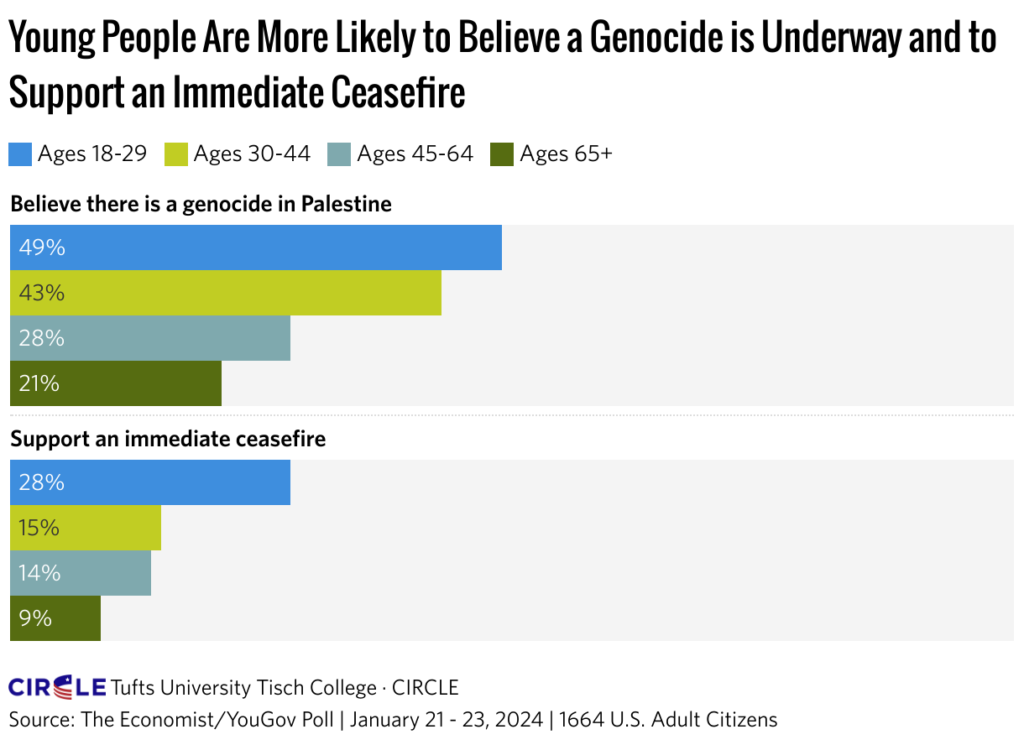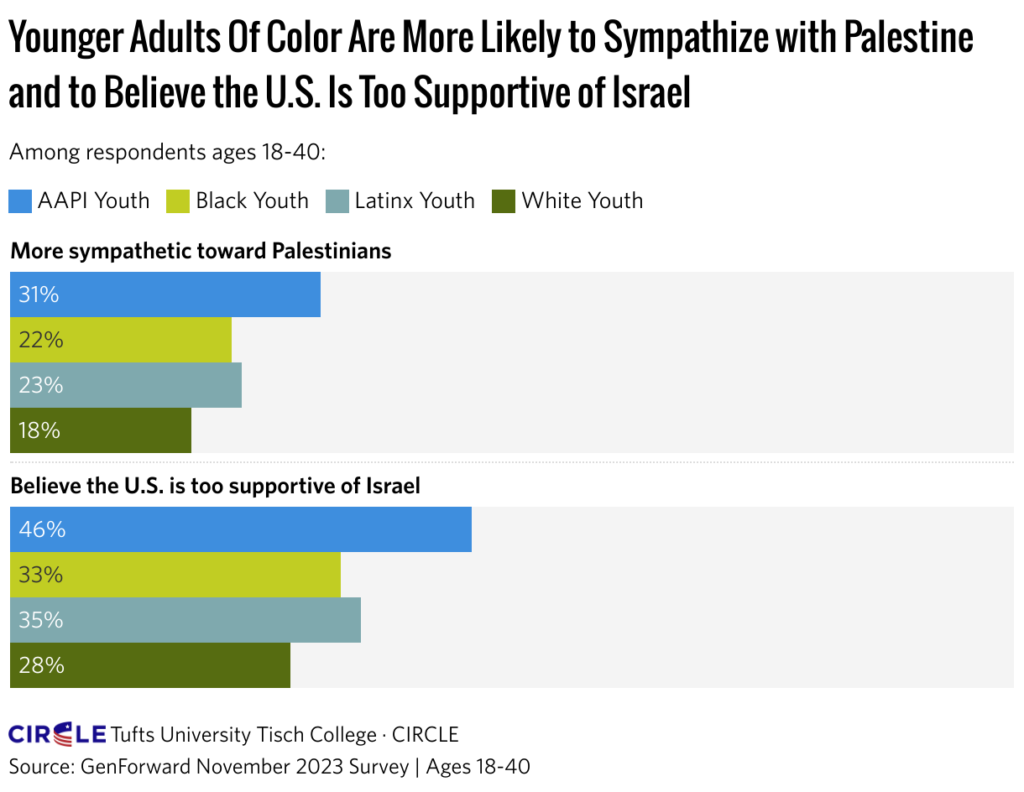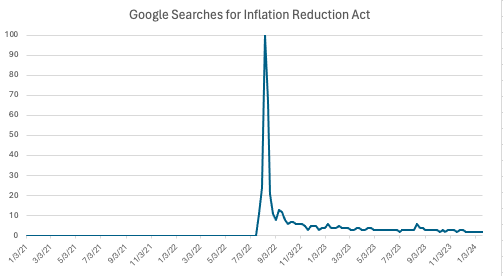Supposedly, many American men think more than once a day about the Roman empire. This seems implausible, but I must admit that Rome often comes to my mind. For instance, I recently read Zenobia; Shooting Star of Palmyra by Nathanael Andrade (Oxford University Press, 2018).
A powerful female monarch from Syria, Zenobia has been a figure of fascination for 18 centuries. She’s been a symbol for misogynists and feminists, for European imperialists, Arab nationalists, and cosmopolitan modernists. She appears in Christian histories, the Talmud, early Islamic sources, and bel canto operas.
Andrade selects and sorts the ancient written sources (all of which are biased in various ways) and relevant inscriptions, coins, and statuary. He is especially helpful at explaining the context of Palmyra, a thriving merchant city with a distinctive hybrid culture. The protagonist of his book was Septimia Zenobia (a Hellenistic monarch), Iulia Aurelia (a Roman woman of the senatorial class), and Bathzabbai (a Palmyrene clan leader), and she probably inhabited all three roles fully.
We know almost nothing about her inner life, but her story is dramatic. The 240s and 250s saw the Roman empire often at war with the nascent power of Sassanian Persia to its east. In 260, the Romans suffered a catastrophe when their emperor, Valerian, was defeated on the battlefield and taken prisoner. At the same time, the empire was beset by Germanic invasions and a rebellion in Gaul. The whole eastern Mediterranean was at risk, but it was saved by a Palmyrene leader named Odeanthus (a.k.a. Odainat), who bore Roman titles, including commander, governor, and consul. With the Empire in disarray, Odeanthus essentially ruled an important region from his capital in Palmyra, calling himself King of Kings, albeit without openly challenging Roman sovereignty.
After four years of rule, Odeanthus was murdered by assailants who remain unknown to this day. The initial propaganda from Rome implied that Odeanthus was killed because he’d become treasonous. It’s likely that a pro-Roman faction in Palmyra expected to replace him. Instead, his widow, Zenobia, quickly gained political control and reigned as a regent in the name of her minor son Wahballath, a.k.a. Septimius Vaballathus, a.k.a. Athenodorus. Now some of the Roman propaganda suggested that an evil and unnatural woman had killed her husband to gain his throne.
Zenobia seems to have led a tolerant and culturally vibrant polity that may have seen itself as Palmyrene and/or Syrian, although she presented herself and her son as Roman officials and claimed to be related to the Greek-speaking Egyptian queen Cleopatra. She ruled various kinds of pagans, Christians (both orthodox and gnostic), early rabbinic Jews, Manichaeans, Zoroastrians, and others. The Greek philosopher Longinus was a courtier and reputedly Zenobia’s personal mentor, although he was not actually the author of On the Sublime, which was attributed to him in later centuries.
Zenobia’s territory dramatically expanded when her forces captured Egypt, the breadbasket of the Roman empire and the terminus of sea routes in Asia. It’s not clear why she launched this invasion, but it could have been on behalf of Palmyrene merchants who competed with Egyptians. Zenobia was now calling herself Augusta (a title for an empress) and using the title Augustus for Wahballath. She was empress of the richest third of the Roman imperium. One can imagine a stable new entity forming in the Levant. However, In 272, the Emperor Aurelian invaded and defeated the Palymrenes, taking mother and son to Rome as prisoners. The unified Roman empire still had another century and a half to go.
Andrade deals sensitively with the horrifying events at the site of ancient Palmyra in 2015-2016. The site had been controlled by European imperialists and then by Syrian secular nationalists, each of whom had exploited Zenobia’ memory for their own purposes. ISIS destroyed the ruins and their living guardians as an attack on both Assad and the West.
Out of the countless depictions of Zenobia since her time, I’ll mention a set of paintings by Giambattista Tiepolo. These works hang in different museums and had miscellaneous titles. In 1974, Fern Rusk Shapley first noted that they all depict scenes from the life of the Queen of Palmyra. Shapley conjectured that the Zenobios, a noble Venetian family who were unrelated to Zenobia but who happened to share her name, commissioned them for one room in their palazzo. Knox (1979) accepts that they are all by Tiepolo but thinks that the artist painted them over several decades for the Zenobios.
Of course, these paintings are not realistic or consistent with modern scholarship–or even very serious–but I appreciate that Tiepolo could imagine Zenobia as a heroic soldier and as a stoic victim. The National Gallery’s Queen Zenobia Addressing Her Soldiers (1725/1730) shows her in a martial pose–see above–while the Prado’s Queen Zenobia before the Emperor Aurelian (1717) depicts her as gracious in defeat. Both look like scenes from an opera.
References: Shapley, “Tiepolo’s Zenobia Cycle,” in Robert Enggass, Hortus imaginum: essays in Western art (Lawrence: University of Kansas, 1974): George Knox, “Giambattista Tiepolo: Queen Zenobia and Ca’Zenobio: ‘una delle prime sue fatture’,” The Burlington Magazine 121.916 (1979): 409-418. See also: Velazquez, The Spinners; Goya’s Familia del infante Don Luis; and three great paintings in dialogue



